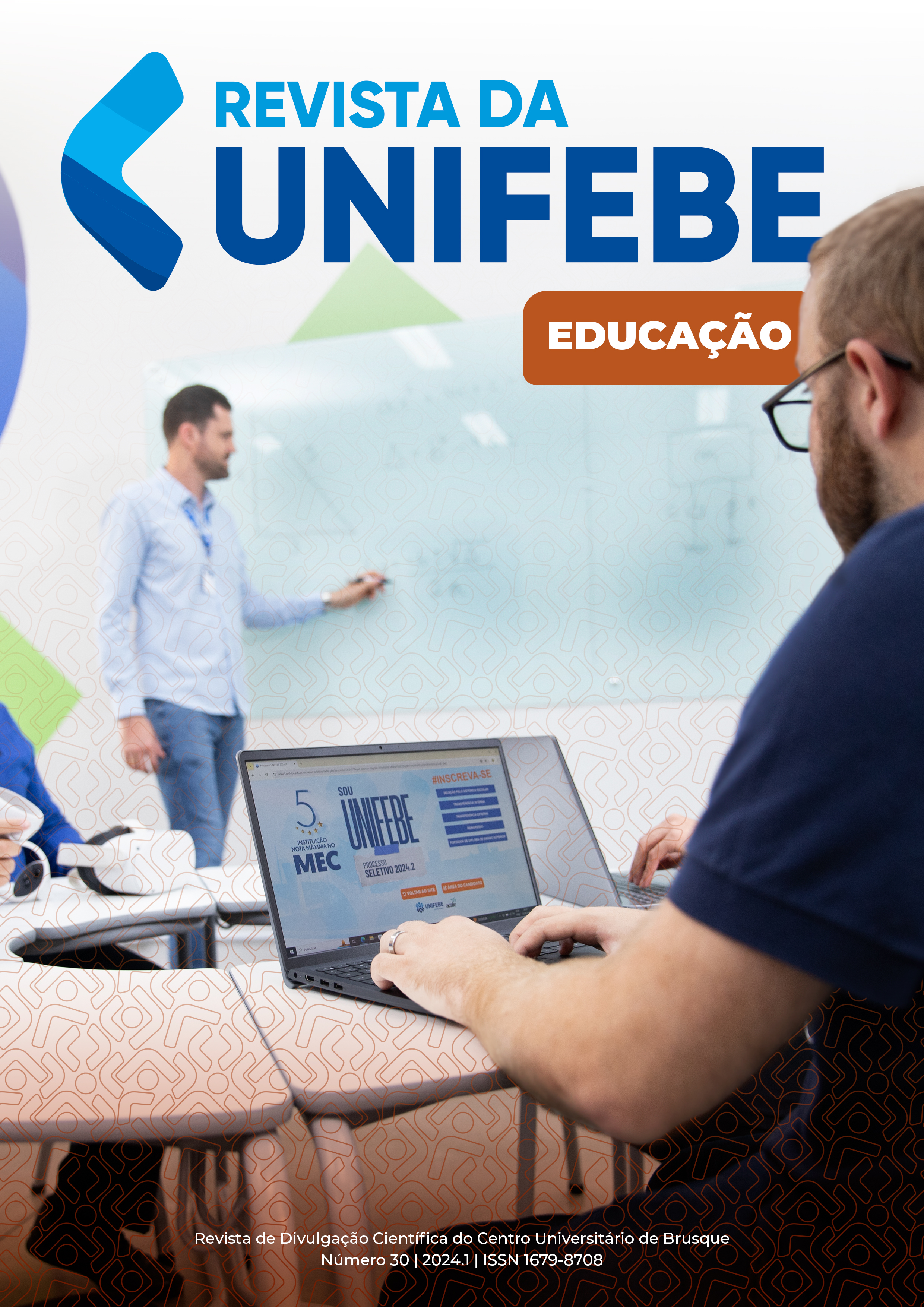Mapeamento Participativo
"Terra Indígena Mãe Maria", Bom Jesus do Tocantins - PA pela equipe da Norma Mônica Sabel, Gaspar - SC
Abstract
This article presents the results of the participatory mapping of the indigenous Land of Mãe Maria in Bom Jesus do Tocantins - PA, carried out by the OBRAC team of E.E.B. Norma Mônica Sabel, Gaspar - SC. Using maps in Geography education is essential to help students understand the organization of the geographical space and interpret different cartographic representations. Participatory mapping, a fundamental method in this process, was carried out using digital applications and platforms. Unlike other competitions, the V Brazilian Cartography Olympiad adopts a group competition approach that promotes partnership teamwork. This qualitative and descriptive study reflects the application of an active teaching-learning method that challenges the students of E.E.B. Norma Mônica Sabel to solve concrete problems. The team coordinated the entire participatory mapping process, following the guidelines established by the organization of the Olympiad and using the map tool. The elements included in the map, such as the area of the indigenous land of Mãe Maria, highways, rivers, schools, and villages, revealed the challenges faced by local indigenous communities, including external pressures, environmental impacts, and security issues. These results highlight the importance of participatory mapping as an educational and awareness tool about geographic and social issues.
Downloads
Published
Issue
Section
License
Pelo presente Termo de Autorização para Publicação de Artigo Científico em Obra Coletiva, tendo em vista o disposto na Lei Federal nº 9.610, de 19/12/1998, autorizamos a partir desta data, em caráter exclusivo e isento de qualquer ônus, o uso do texto, para publicação em obra coletiva a ser organizada pelo Centro Universitário de Brusque- UNIFEBE, mantido pela Fundação Educacional de Brusque – FEBE.
Declaro ainda, que o texto acima referenciado é de nossa autoria, nos responsabilizando, portanto, pela originalidade e pela revisão do texto, concedendo ao Centro Universitário de Brusque - UNIFEBE plenos direitos para escolha do editor, meios de publicação, meios de reprodução, meios de divulgação, tiragem, formato, enfim, tudo o que for necessário para que a publicação seja efetivada.
Reiteramos ainda, que esta autorização vigorará pelo prazo de 05 (cinco) anos a contar de sua assinatura, podendo o Centro Universitário de Brusque - UNIFEBE realizar neste período quantas edições julgar conveniente.





